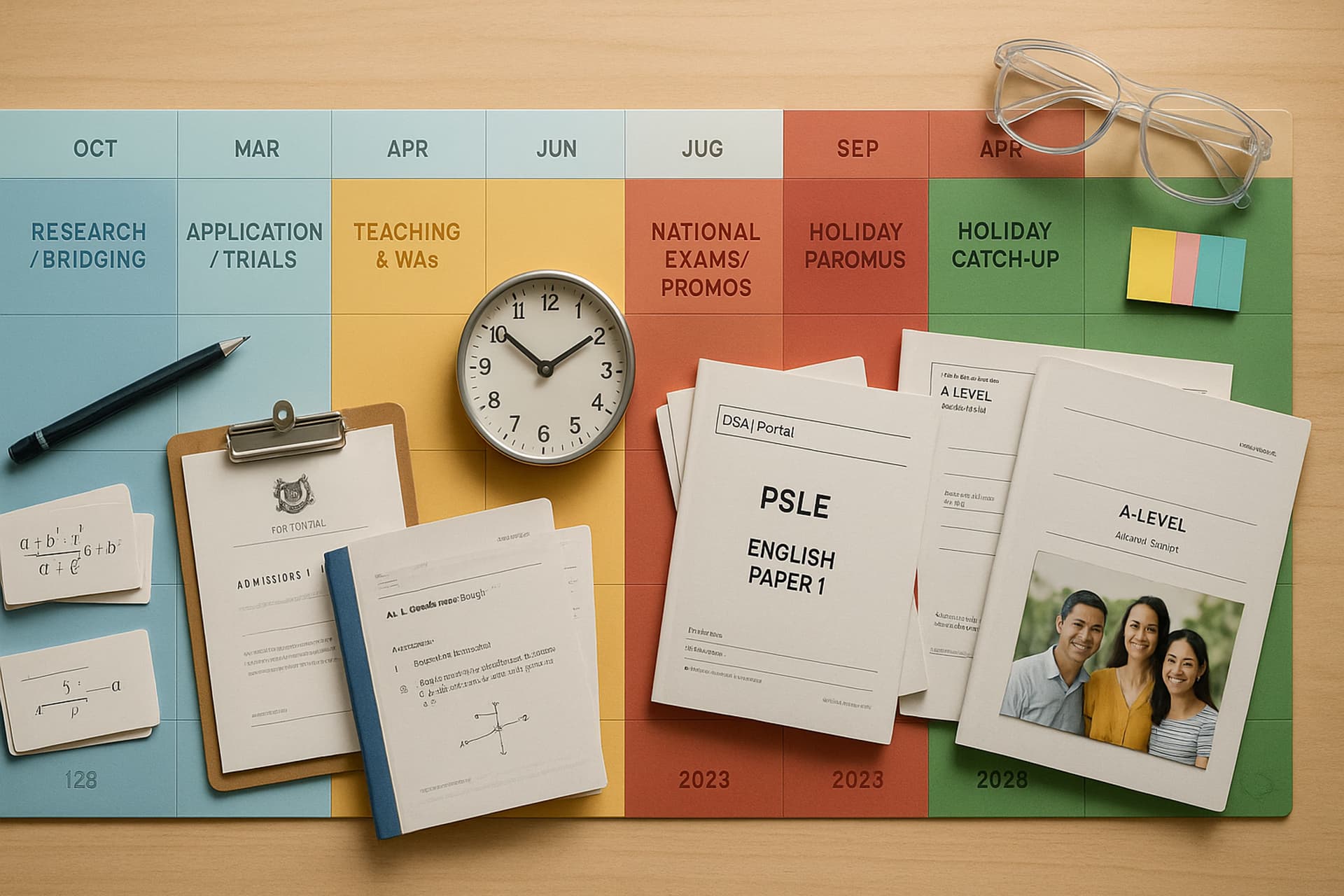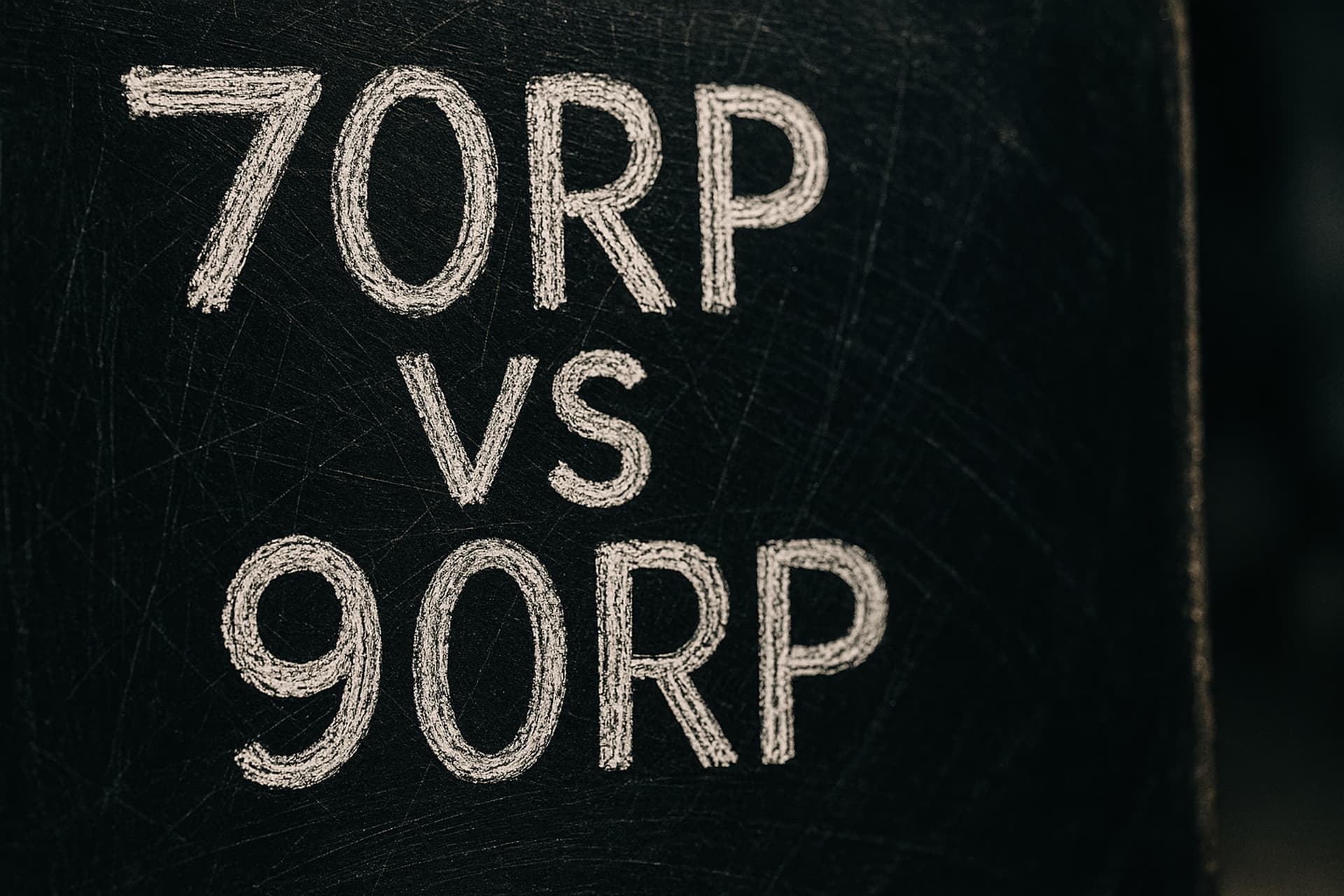O-Level Math Syllabus: 2026/27 Parent-&-Student Guide
Download printable cheat-sheet (CC-BY 4.0)13 Jul 2025, 00:00 Z
Reviewed by
Marcus Pang·Managing Director (Maths)
Q: What does O-Level Math Syllabus: 2026/27 Parent-&-Student Guide cover?
A: A one-page evergreen reference to Singapore's GCE O-Level Elementary & Additional Math syllabuses-paper structure, topic map, assessment objectives.
TL;DR
Two written papers test Mathematics (4052) and two written papers test Additional Mathematics (4049).
Mathematics 4052 is organised into three strands (Number & Algebra, Geometry & Measurement, Statistics & Probability), while Additional Mathematics 4049 adds deeper algebra, functions, and calculus.
Master the topic sequence, formulae/calculator rules, and exam pacing early; these skills transfer directly to IP Year-3 binomial, surds and sigma notation.
Status: SEAB 4052/4049 syllabus PDFs and calculator list checked 2025-12-15.
Quick links: IP Math hub, O-Level Math tuition guide, IP Math roadmap, A-Level Math tuition guide
1 | Exam Format at a Glance
| Subject | Paper | Duration | Marks / Weight | Question style |
| Mathematics 4052 | Paper 1 | 2 h 15 min | 90 marks / 50% | ~26 short-answer questions |
| Paper 2 |




